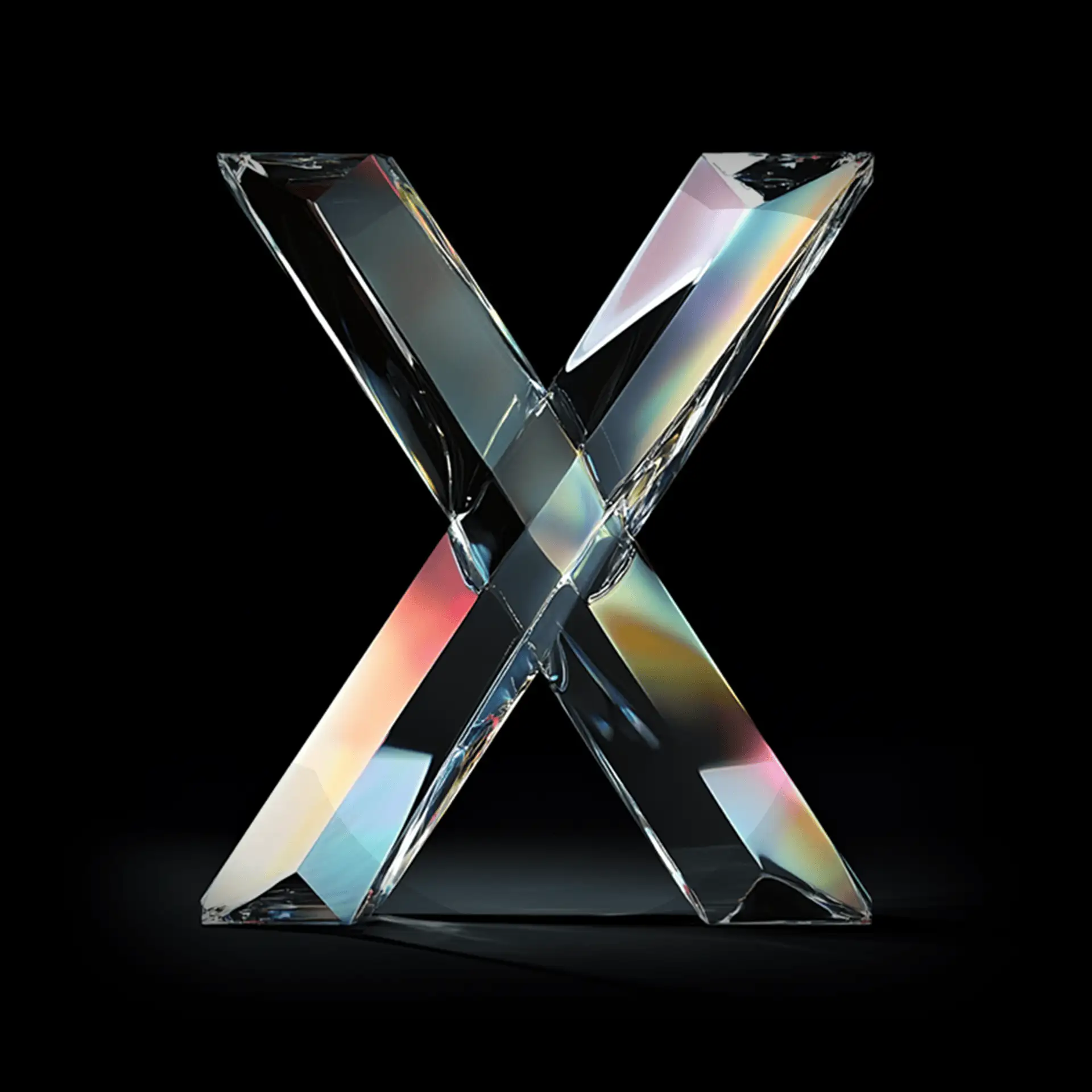Blueberry Markets (Mauritius) Ltd (Mauritius Company Number 218548) holds Global Business Licence GB24203929 under the Financial Services Act allowing it to be a Full Service Dealer (excluding underwriting). Registered address: Silicon Avenue, 40 Cybersecurity The Cyberati Lounge, Ground Floor, The Catalyst, Ebene 72201, Mauritius.
Blueberry Markets (V) Ltd is regulated by Vanuatu Financial Services Commission (Company number: 700697) holding License Classes A, B and C under the Financial Dealers Licensing Act. Registered Address: Govant Building, 1st Floor, Kumul Highway, Port Vila, Vanuatu.
Blueberry Prime Partners Pty Ltd. Registered Address: Level 17/135 King St, Sydney NSW 2000 Australia. Payment processing facilitated by Blueberry Prime Partners Pty Ltd ABN 57 140 275 860 AFSL 36411.
Margin trading involves a high level of risk and is not suitable for all investors. You should carefully consider your objectives, financial situation, needs and level of experience before entering into any margined transactions with Blueberry Markets, and seek independent advice if necessary. Forex and CFDs are highly leveraged products, which means both gains and losses are magnified. You should only trade in these products if you fully understand the risks involved and can afford to incur losses that will not adversely affect your lifestyle.
Blueberry does not accept applications from the US, Japan, Central African Republic, North Korea, Congo, Zaire, Iran, Iraq, Libya, Mali, Saipan, Somalia, South Sudan, Yemen, Ontario, Indonesia, and Malaysia.














